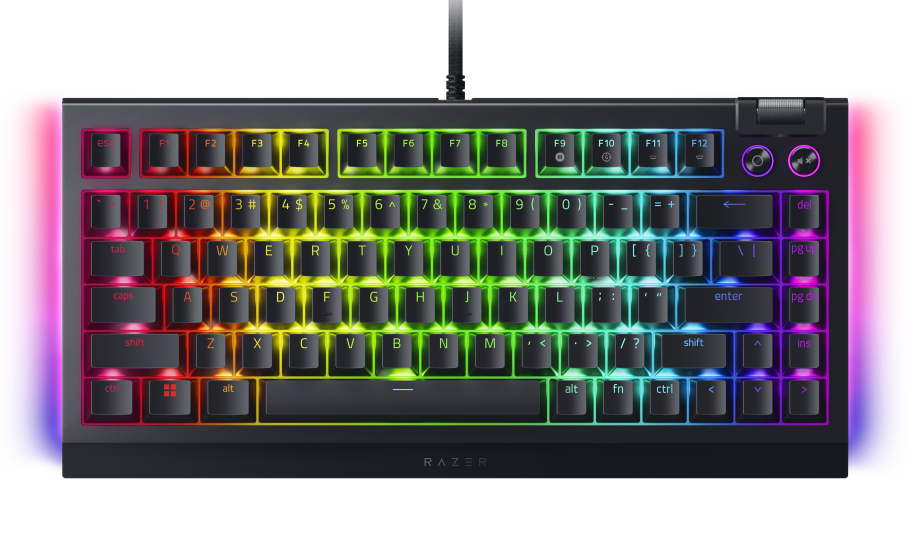Expert's Rating
Pros
- Typical Keychron build quality
- Bluetooth and 2.4GHz wireless
- Lots of extras
Cons
- No per-game programming
- No adjustable typing angle
- Takes forever to disassemble
Our Verdict
The Lemokey L3 offers a lot of what we love from a Keychron board, such as top-notch build quality and customization, and even makes a few nods to gamers with 2.4GHz wireless and some extra programmable keys, but it falls short of matching the best wireless gaming keyboards out there.
Best Prices Today: Keychron Lemokey L3 keyboard
Keychron is a favorite here at PCWorld. The Q1 Pro has had a spot at the top of our best keyboards list ever since it was released. So the brand’s very first shot at a gaming keyboard, along with the new Lemokey sub-brand, was a big deal to me. The L3 might just be the perfect intersection of gaming and premium mechanical keyboard designs.
It might be, but it isn’t. Despite the new label, the L3 is more or less a re-skinned version of the existing Keychron baseline design, with an extra USB-based wireless option. Aside from the faster wireless and the extra programmable keys, there really isn’t much extra to make this board stand out for gamers specifically. It’s lacking per-game programming options in particular.
While Keychron’s signature laundry list of features and excellent build quality are present, I can’t help but find that this first shot at the gaming market is a bit of a miss. Those who want a Keychron with 2.4GHz wireless will be pleased with the Lemokey L3, but gamers used to more robust software options will find it limiting.
Further reading: See our roundup of the best wireless gaming keyboards to learn about competing products.
Lemokey L3: Design that never gets old
The Lemokey L3 is, in physical terms, extremely similar to the existing Keychron Q3 Pro design. Aside from the slightly retooled macro keys on the left column and a few trim pieces, they’re practically identical. And that’s not a bad thing, if you’re already a fan of Keychron’s chunky, super-heavy aluminum bodies and high-quality materials.
Despite the new label, the L3 is more or less a re-skinned version of the existing Keychron baseline design.
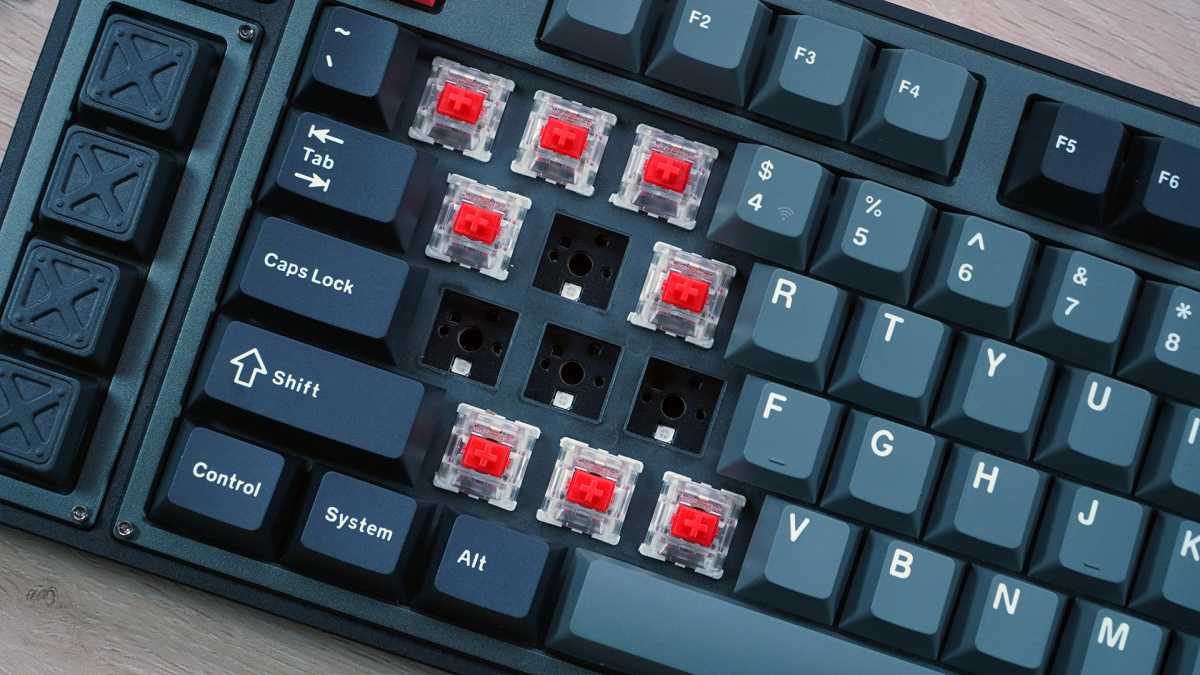
Michael Crider/Foundry
If you’ve read a review of the Q series before, you know what this looks like. For the sake of brevity I’ll go over the L3’s headline features double-quick:
- CNC-milled all-aluminum body (4.3 pounds on my kitchen scale!)
- Hot-swap switch sockets with RGB lighting
- High-quality PBT keycaps
- Gateron “Jupiter Red” linear switches
- Two layers of internal foam for sound and vibration reduction
- Double-layer gasket mounting for a slight “give” to the typing
- Programming with the open-source VIA and QMK systems
- Bluetooth and 2.4GHz wireless
That last bullet point is the biggest change here. The Lemokey L3 is Keychron’s first keyboard with an option for dedicated USB-based wireless. Combined with the 1,000Hz standard polling rate, this makes it fast enough for the demanding inputs of PC gamers. That, and the tweaked aesthetics and extra programmable buttons, is what gives this board its “gaming” pedigree.
The rest of the features remain up to Keychron’s excellent standard. Notably, the keycaps you get with the L3 are a standard Cherry profile. That means that they’re shorter and less dramatically curved than Keychron’s usual KSA keycaps on the Q series, which mimic the super-high, bowl-shaped caps of classic pre-2000s keyboard designs. I’m ambivalent on this particular change since I prefer even shorter caps myself, but it should make an adjustment from another gaming keyboard easier for most users.
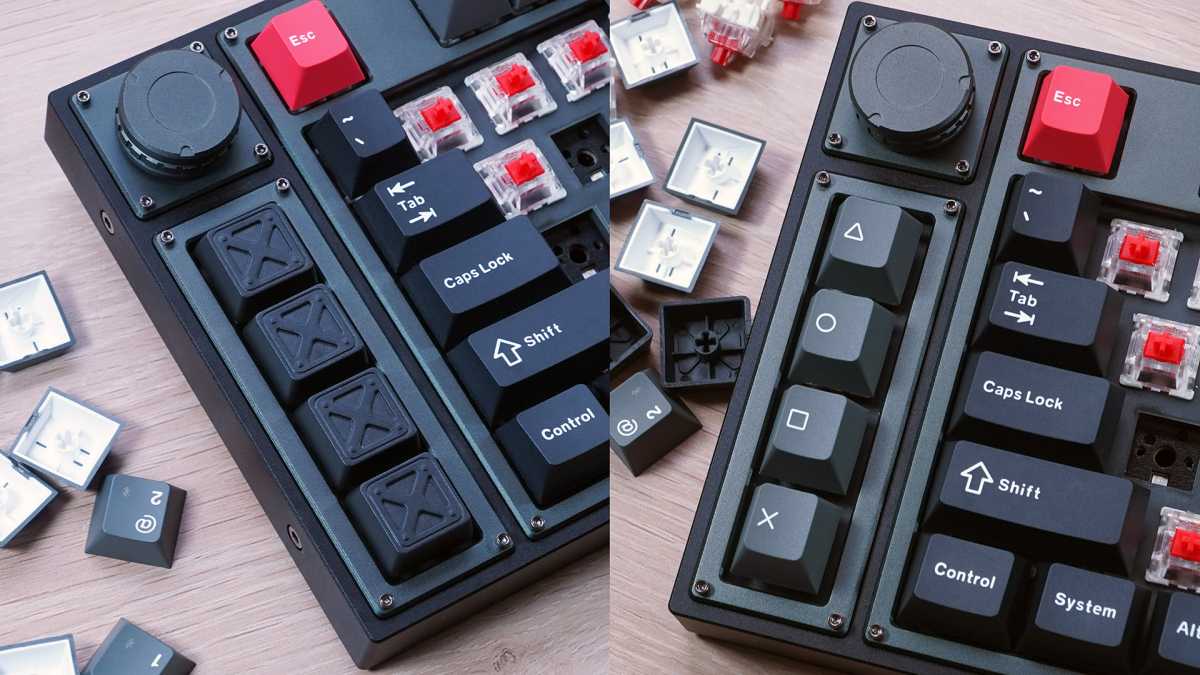
Michael Crider/Foundry
In the box, Keychron includes two Allen wrenches and a tiny screwdriver for disassembly, the standard keycap/switch puller tool, and some alternate keycaps. In addition to the usual PC and Mac alternatives, it includes standard Cherry profile keys for the four macro keys, which have a unique sort of X-shaped hatch mold by default (also seen on the bottom of the case). If this doesn’t tickle your fancy, the alternatives have O, X, square, and triangle prints — matching the classic face buttons for the PlayStation controller. It’s a nice touch.
The only other big changes from the standard is the lack of a dedicated Mac/PC profile switch (no big loss, since you still get four profiles in VIA) and dedicated LEDs for battery, wireless, and caps lock status above the arrow keys. I liked the subtly changed look — it’s a bit more chunky and “military” without going overboard on the gamer aesthetics.
How do you open the Lemokey L3?
That is, until I tried to open the keyboard. Keychron’s Q series has generally been friendly to the custom keyboard crowd, inviting easy modification with a straightforward disassembly process. The L3 isn’t difficult to take apart…it just takes a really, really long time. In addition to two screws on the left and right side of the board, you’ve got three separate decorative aluminum plates on top of the case, each of which requires four more screws, plus another eight screws on the main plate underneath it.
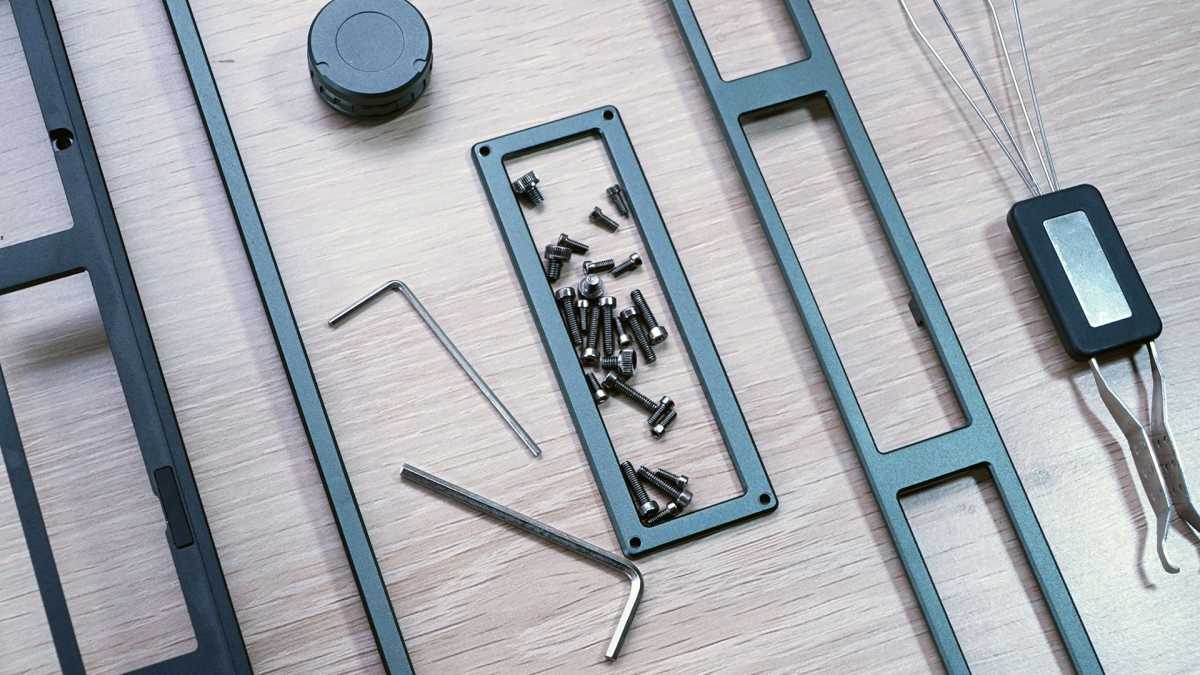
Michael Crider/Foundry
That’s twenty-four different screws, with two different Allen wrenches (both included, which is nice!), and a solid 15 to 20 minutes to get this thing down to the bones. Woof. I appreciate that 95 percent of users, conservatively, will never actually do this. But if being modification-friendly is part of your brand, then making actual access to the keyboard’s hardware an afterthought is a definite ding against the design.
Here I’ll point out that Razer’s BlackWidow V4 75%, occupying a similar gamer/custom niche, is accessible with just six Phillips-head screws on the bottom of the keyboard. But in Keychron’s defense, they won’t void your keyboard’s warranty — standard 12 months — just for opening the case.
How does the Lemokey L3 perform for gaming?
Using the L3 for gaming was pretty much the same experience as using a Q series keyboard in wired mode, which enables the same 1,000Hz polling rate. The polling rate is the number of times the keyboard refreshes its input detection — the faster the rate, the more often it can detect you pressing the keys.
The most expensive gaming keyboards go up to 8,000Hz right now. But if you can press a button 8,000 times a second, you’re Commander Data, and you’re using those weird pulse oximeter thingies to play anyway. More practically, even the most competitive multiplayer games don’t refresh inputs more than 128 times a second, so this is all a bit ridiculous. Long story short: 1,000Hz is fine.
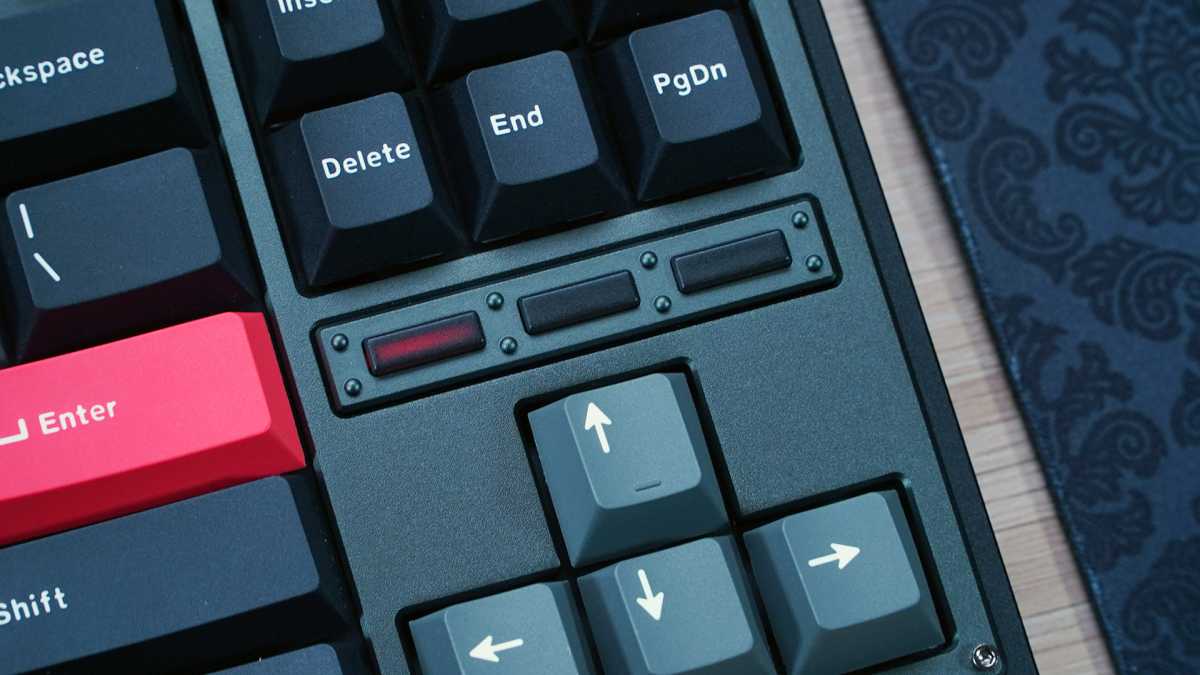
Michael Crider/Foundry
The Gateron “Jupiter Red” switches that came with the review unit are solid, if not spectacular. They feel a little smoother and more stable than standard linear Red switches (no tactile bump or loud “click”), but lack the satisfying feedback of more exotic choices. Which is okay, since of course you can swap them out if you like. I’ll note that the stabilizers, the brackets that keep long keys like the spacebar stable, are well above the average in terms of smoothness and sound.
Long typing and gaming sessions were excellent, well in line with Keychron’s high standards. The molded macro keys are a great choice, as I can feel the difference between them and the left-most regular keys without looking down at the board. I will say that the lack of keyboard feet, a non-feature inherited from the Q series, is starting to bug me. The Lemokey L3 feels considerably more “shallow” than a Q board, and without dedicated feet, I had to slide a couple of bottlecaps underneath the heavy aluminum body in order to get it to my desired height.
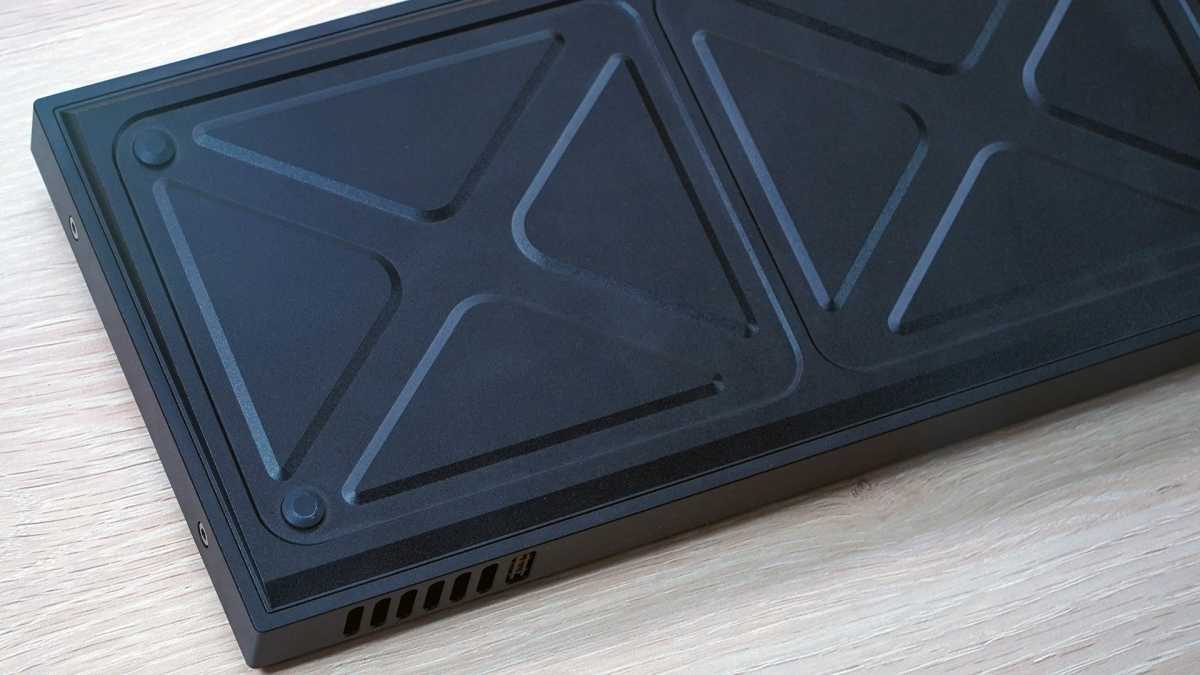
Michael Crider
Autentifică-te pentru a adăuga comentarii
Alte posturi din acest grup


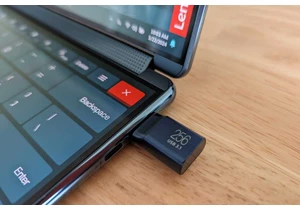
A lot of gamers go to great lengths to find a portable retro gaming d
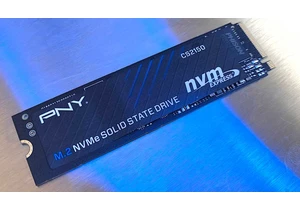
There’s a common misconception about PCIe 5.0 SSDs that since they’re

Microsoft’s controversial Windows Recall has now been generally relea


